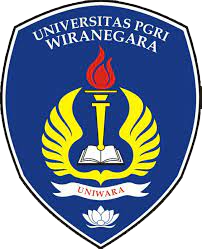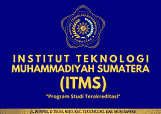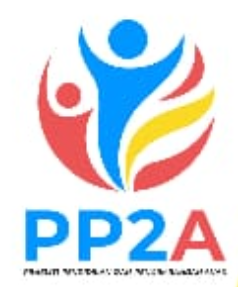Programmed learning in mathematics education before and after the pandemic: Academics Integrate technology
Keywords:
Academic integrated technology, Instruction, Mathematics education, Programmed learning, TERASIAbstract
The COVID-19 pandemic has drastically changed the educational landscape, especially regarding technology integration in mathematics learning. Programmed learning, a pedagogical approach that leverages specific technologies such as interactive software, online platforms, and virtual learning environments to create more effective learning experiences, has received increased attention during this period. This research is a systematic literature review that aims to evaluate the impact of programmed learning on mathematics education before and after the pandemic. Using the PRISMA method, this research examines 41 articles published between 1960 and 2025 to find the benefits of programmed learning in mathematics education. Participants in this study included undergraduate students, graduate students, lecturers/teachers, and high school students from various educational institutions. The research results show that programmed learning provides significant benefits, including more exciting and practical teaching approaches, improved academic grades, and increased student interest in mathematics. However, this research also reveals shortcomings in terms of uneven technological infrastructure and a lack of training for teachers in implementing programmed learning optimally. These deficiencies include unequal access to technological tools and a need for more technical skills among educators. This research provides recommendations for improving technology infrastructure and better teacher training to maximize the potential of programmed learning. This research indicates a significant increase in teaching effectiveness and student interest in mathematics, making programmed learning a potential approach in modern mathematics education. Integrating technology in mathematics education through programmed learning is relevant and essential in facing educational challenges in the post-pandemic era, offering practical solutions for educators and institutions.
Downloads

Published
How to Cite
Issue
Section
License
Copyright (c) 2024 Rani Darmayanti

This work is licensed under a Creative Commons Attribution-ShareAlike 4.0 International License.

 Yayasan Assyfa Learning Center (YALC) Pasuruan, Indonesia
Yayasan Assyfa Learning Center (YALC) Pasuruan, Indonesia













 All publications by the CV. Bimbingan Belajar Assyfa [e-ISSN:
All publications by the CV. Bimbingan Belajar Assyfa [e-ISSN: